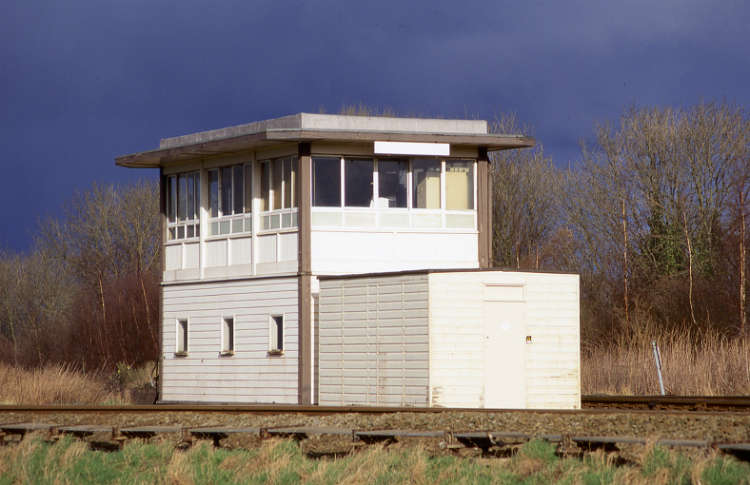
8D ASSOCIATION
The 8D Association is dedicated to promoting the history of the railways of South Lancashire, Merseyside and North Cheshire.
A study of the signal boxes from Warrington to Mickle Trafford.
A look at the varied boxes along the line with many differing designs from the early LNWR & GWR Joint boxes to the Air Raid Precaution boxes of the Second World War to the BR era.
Warrington No2.
The first box located here at the north end of the platform in between the up fast and slow lines was opened by August 1879 but was short lived being abolished in 1882. This coincided with the opening of a second box which was an LNWR type 4 initially equipped with an LNWR 31 lever tumbler frame this frame was replaced in 1894 with a 37 lever frame which in turn was replaces in 1912 with an LNWR 52 lever tappet frame. In 1925 the type 4 was abolished and replaced with an LNWR type 5 wooden top on a brick base the box was equipped with an LNWR 82 lever tappet frame. The type 5 was abolished on 17th September 1972 with the opening of Warrington PSB.
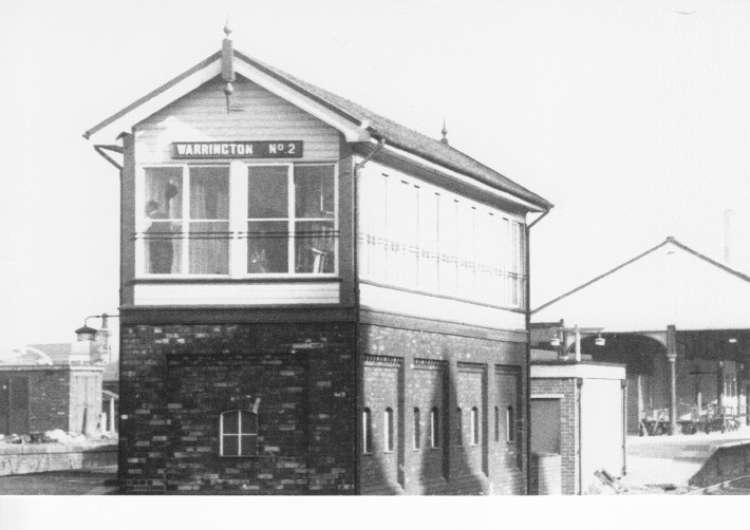
Warrington Power Signal Box.
Officially opened on 3rd September 1972 this BR LMR PSB was responsible for the closure of many mechanical signal boxes ranging from Parkside and boxes at Winwick in the north through to Acton Grange box to the south. The box has 4 NX panels with 3 in use at any one time and one spare. The box is a wooden top on a brick built relay room originally with a flat roof but this was altered in the 1980’s to a hipped roof. The box remains open today.
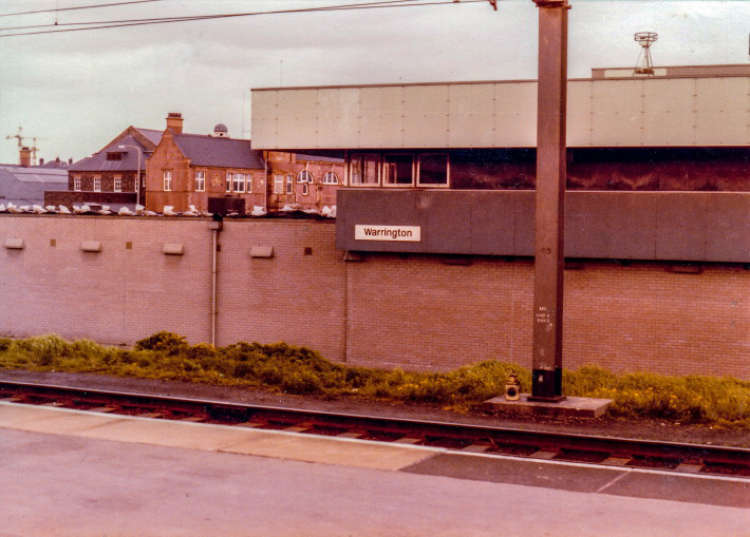
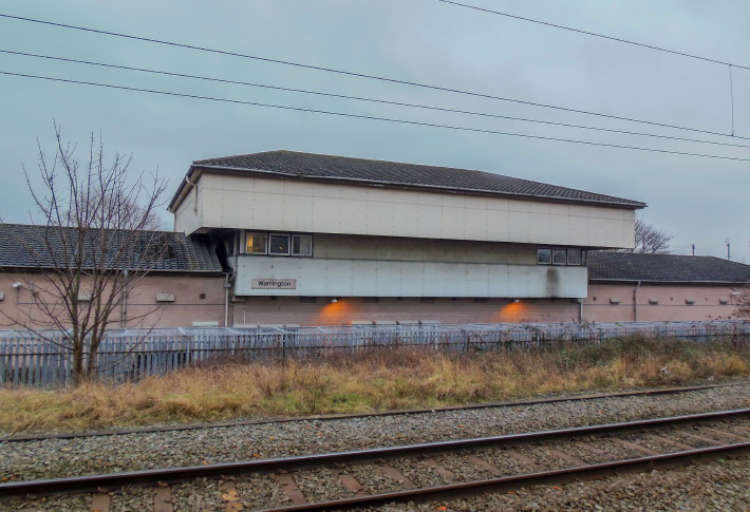
Warrington No1.
As with No2 box the first at this location was opened in August 1879 but would be abolished in January 1882. The second box to open here in 1882 was an LNWR type 4 initially equipped with an LNWR 34 lever frame until 1892 when it was extended to 52 levers. The box was abolished in 1912 with the opening of an LNWR type 5 wooden top on a brick base equipped with an LNWR 105 lever tappet frame. This box too was abolished on 17th September 1972 with the opening of the nearby PSB.
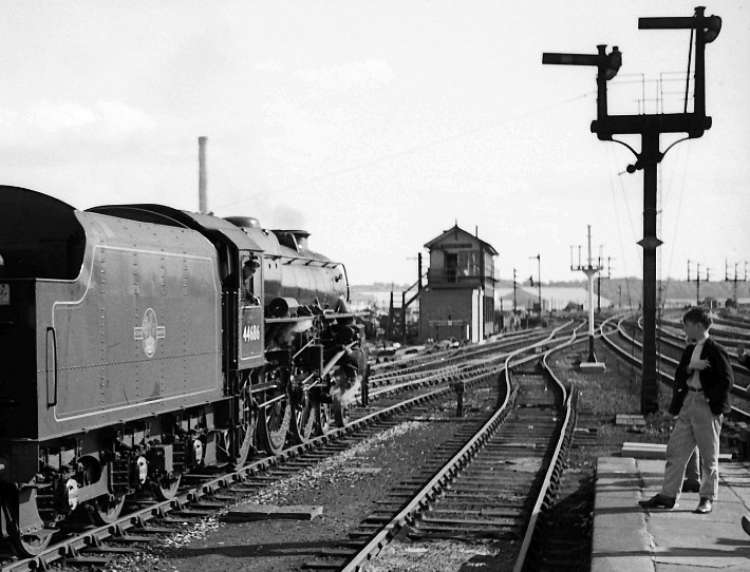

Walton New Junction.
The first box to open here did so in March 1893 and was an LNWR type 4 equipped with an LNWR 20 lever tumbler frame. This box was moved during 1894 inconjunction with the opening of the Ship Canal and the realignment of the main line which took place. The box survived until 16th September 1951 when an LM & SR type 11 box opened. The new box was of all wood construction and was equipped with an BR LMR 30 lever frame. This box was abolished on 2nd June 1968.

Acton Grange Viaduct.
The viaduct at Acton Grange was constructed with the building of the Manchester Ship Canal which involved the building of two large embankments so there was sufficient clearance for ships on the canal. The box opened in July 1893 and was an LNWR type 4 wooden top mounted on steel stanchions. The box was abolished on 5th April 1940 as its position on the viaduct made it vulnerable to enemy action during the Second World War.
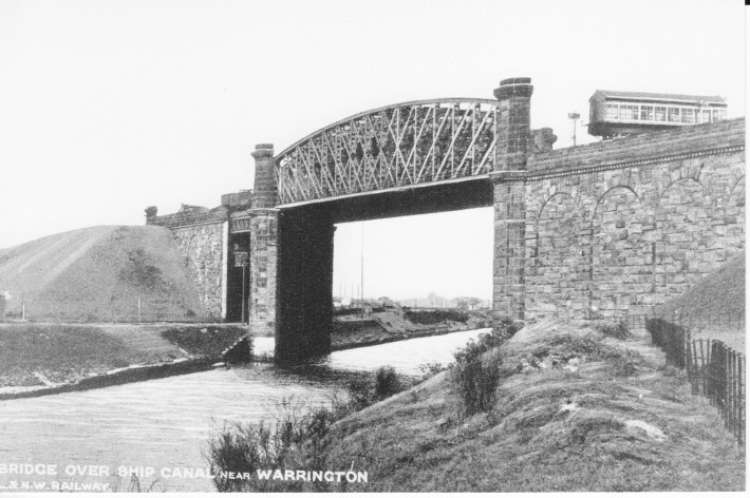

(To view more of David’s interesting and extensive Flickr photostream click here )
Acton Grange Junction.
The box at this location was opened on 5th April 1940 and was the direct replacement for the Viaduct box it was an LM & SR ARP type 13 solid brick built with a thick concrete flat roof. The box was equipped with an REC 40 lever frame. This box too closed on 17th September 1972 with the opening of Warrington PSB.
Daresbury.
The first box at this location was open by 1880 and was abolished in 1893 with the opening of a new one. The second was an LNWR type 4 equipped with an LNWR 20 lever tumbler frame. This box was abolished on 9th December 1956 with the opening of a BR LMR type 15 box wooden top on a brick base equipped with a BR LMR 25 lever frame. This box was abolished in conjunction with the Warrington PSB opening on 3rd September 1972. Interestingly Daresbury with the construction of the Manchester Ship Canal Daresbury became a junction. The original course of the line would have been the right hand line seen in the photograph below but with the construction of the Acton Grange high level crossing the original line was severed where it met the new canal. For many years these two long sidings were used as refuge sidings and were marked so on the box diagram. By the 1970’s they had fallen out of use and been lifted but one set of points still remained in 1972 although out of use by this time.

(To view more of David’s interesting and extensive photostream click here ).
Norton.
The first box to open here was opened in 1870 and was an LNWR and GWR Joint type 1 box of all brick construction. The initial frame size and type is not known but from 1920 it was reequipped with an LNWR 10 lever tumbler frame. The box was abolished on 3rd September 1972 with the opening of a BR LMR type 15 all wooden construction box. This new box which was the fringe box from the Warrington PSB was equipped with a BR LMR 10 lever frame. It was refurbished in July 2005 with u-pvc windows and had the overhang of the roof at the front of the box cut back flush with the windows. The box remains open today.
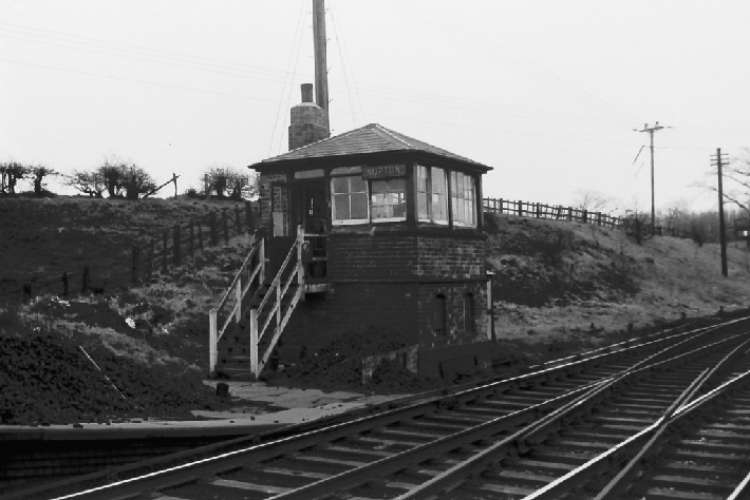

(To view more of David’s interesting and extensive photostream click here ).

(To view more of David’s interesting and extensive Flickr photostream click here )

Halton.
The first box here was open by 1880 and was an LNWR type 4 no details of the frame size or type are available. This box was abolished during July 1898 with the opening of a second LNWR type 4 box. The second box was equipped with an LNWR 40 lever tumbler frame and would be abolished on 2nd July 1967.
Frodsham Junction.
The first box located here was opened on 25th November 1872 the type of box is unknown but it was equipped with a 20 lever frame. This box would be abolished during June 1893 with the opening of an LNWR type 4 all brick construction box which was equipped with an LNWR 32 lever tumbler frame. The box was abolished during June 1913 with the opening of the present LNWR type 5 wooden top on a brick base. This new box was equipped with the 32 lever tumbler frame from the type 4 which it replaced. The box was refurbished in March 2006 and remains open today.
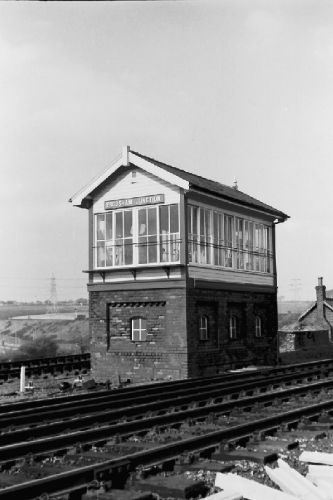
(To view more of David’s interesting and extensive photostream click here ).
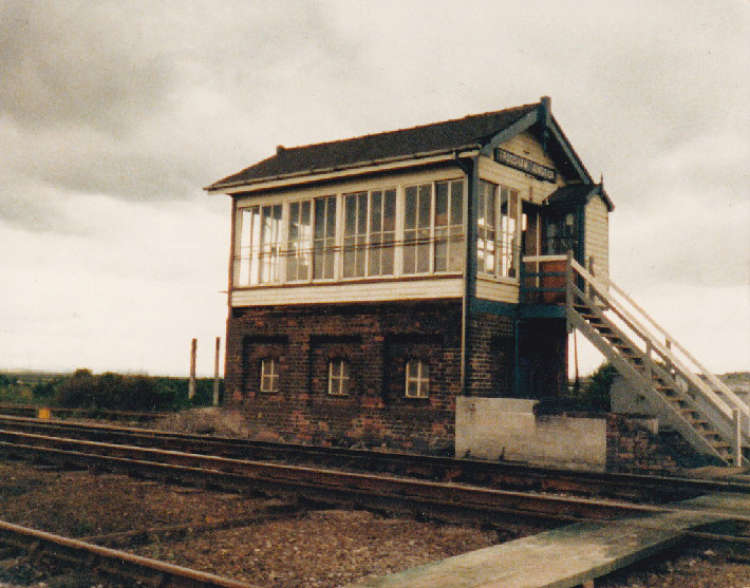
(To view more of Harry’s interesting Flickr photostream click here ).

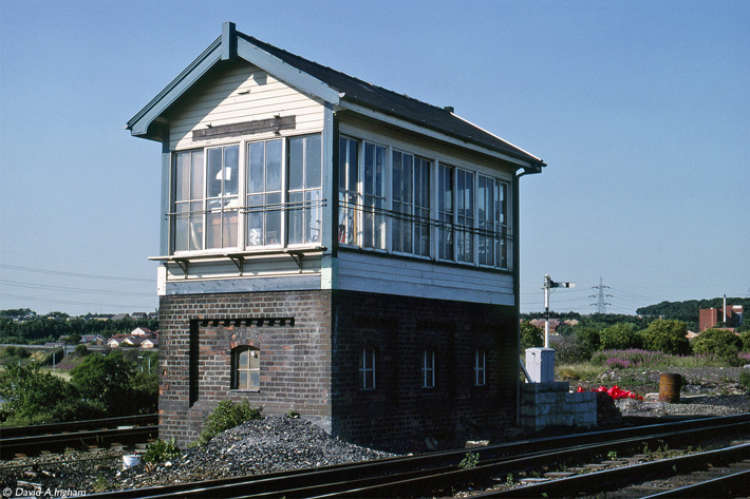
(To view more of David’s interesting and extensive Flickr photostream click here )
Frodsham Bridge.
Frodsham Station.
The first box at this location was open by 1880 and was a Saxby and Farmer brick built box. It was abolished during January 1893 with the opening of an LNWR type 4 wooden top an a brick base box it was equipped with an LNWR 25 lever tumbler frame. The box would be abolished on 28th July 1968.
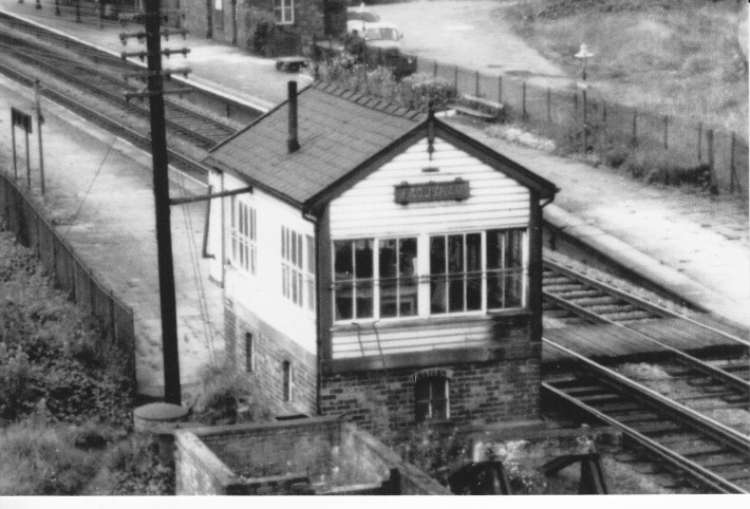
Godscroft.
Opened in July 1891 the box is described as an LNWR Hut it was equipped with an LNWR 4 lever tumbler frame. This box was only open on Saturdays during the summer timetable only due to the increase in traffic bound for the North Wales coast. The signal arms which the box controlled were removed during the winter months. The box is listed as being out of use by 27th September 1964 and formally abolished on 13th July 1965.
Helsby / Helsby Station / Helsby Junction.
The first box to open here was open by 1879 and was abolished with the opening of a new box in December 1900. The station box was an LNWR type 4 wooden top on a brick base mounted on the station platform. The box was equipped with an LNWR 45 lever tumbler frame with 38 working levers and 7 spares. The box was renamed Helsby Junction in 1970 and remains open today.

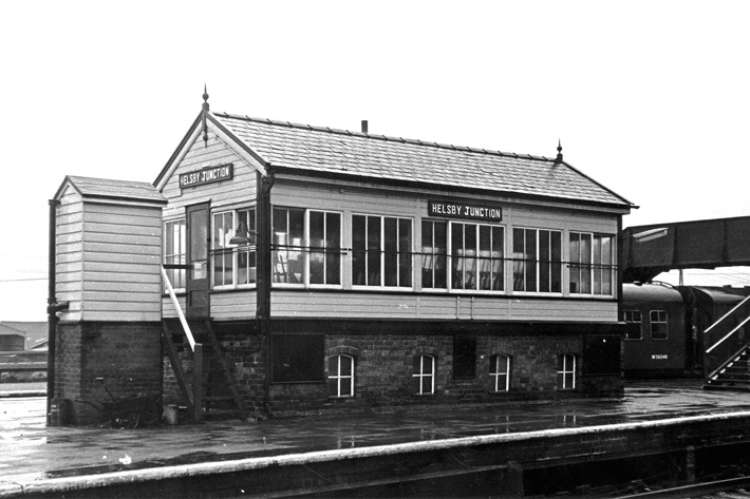
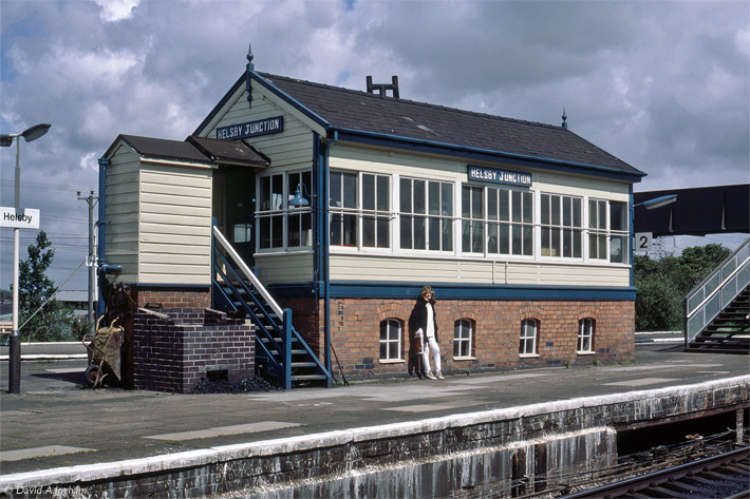
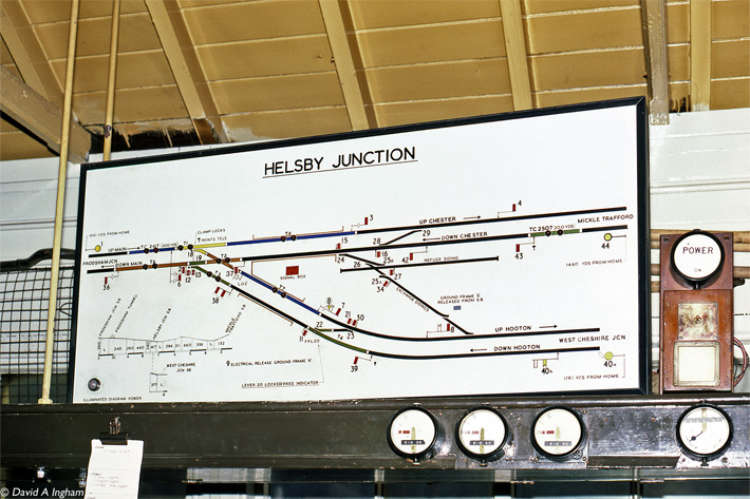

(To view more of David’s excellent and extensive Flickr photostream click here )
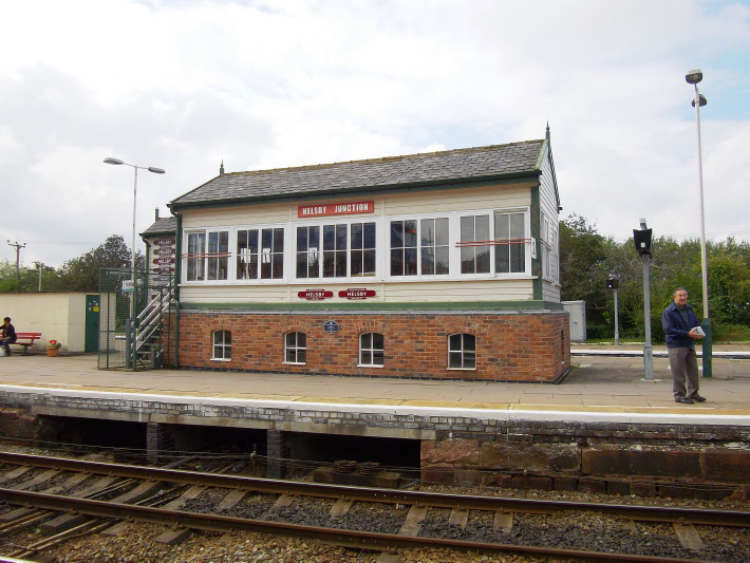
Dunham Hill No2.
The box at this location opened on 20th September 1942 and was an LM & SR ARP type 13 it was of all brick construction with a thick flat concrete roof. It was equipped with an Railway Executive Committee & Railway Signalling Company built 20 lever frame. The box was constructed along with No1 to serve a Royal Ordnance Factory at Dunham on the Hill. The box was abolished on 25th November 1951and was finally demolished on 9th November 2008 after standing out of use for over 50 years.
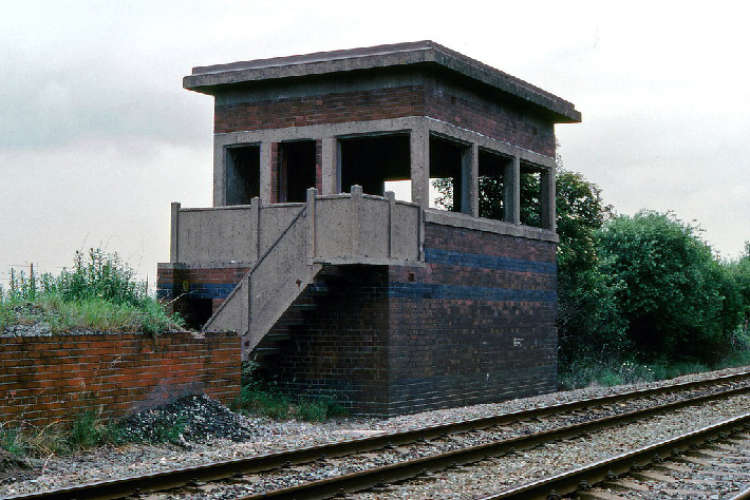
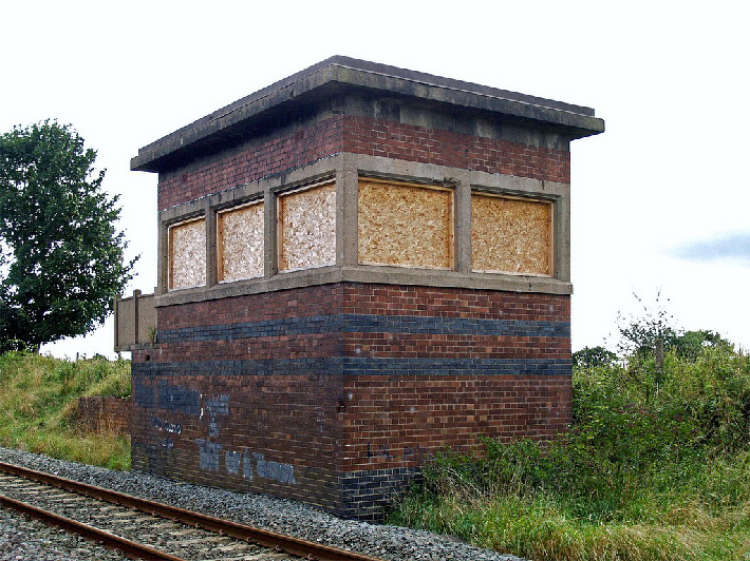

(To view more of David’s excellent and extensive Flickr photostream click here )
Dunham Hill/Dunham Hill No1.
The first box to open here did so during 1873 and was an LNWR & GWR Joint type 1. From 1901 it was equipped with an LNWR tumbler frame it was abolished on 17th September 1942. The No1 box was the direct replacement and opened on 19th September 1942. It was a LM & SR ARP type 13 of all brick construction with a thick flat concrete roof equipped with an REC & RSCo built 40 lever frame. The box was abolished on 2nd September 1969.
Mickle Trafford West / Mickle Trafford.
The West box was opened during 1874 it was an LNWR & GWR Joint type 1 of all brick construction. It was equipped with a RSCo 18 lever tappet frame and was only abolished after 95 years service ion 7th September 1969. The new box named simply Mickle Trafford is a BR LMR type 15 of all wood construction with a flat roof equipped with a BR LMR standard 35 lever frame. The box has been refurbished and remains open today.

